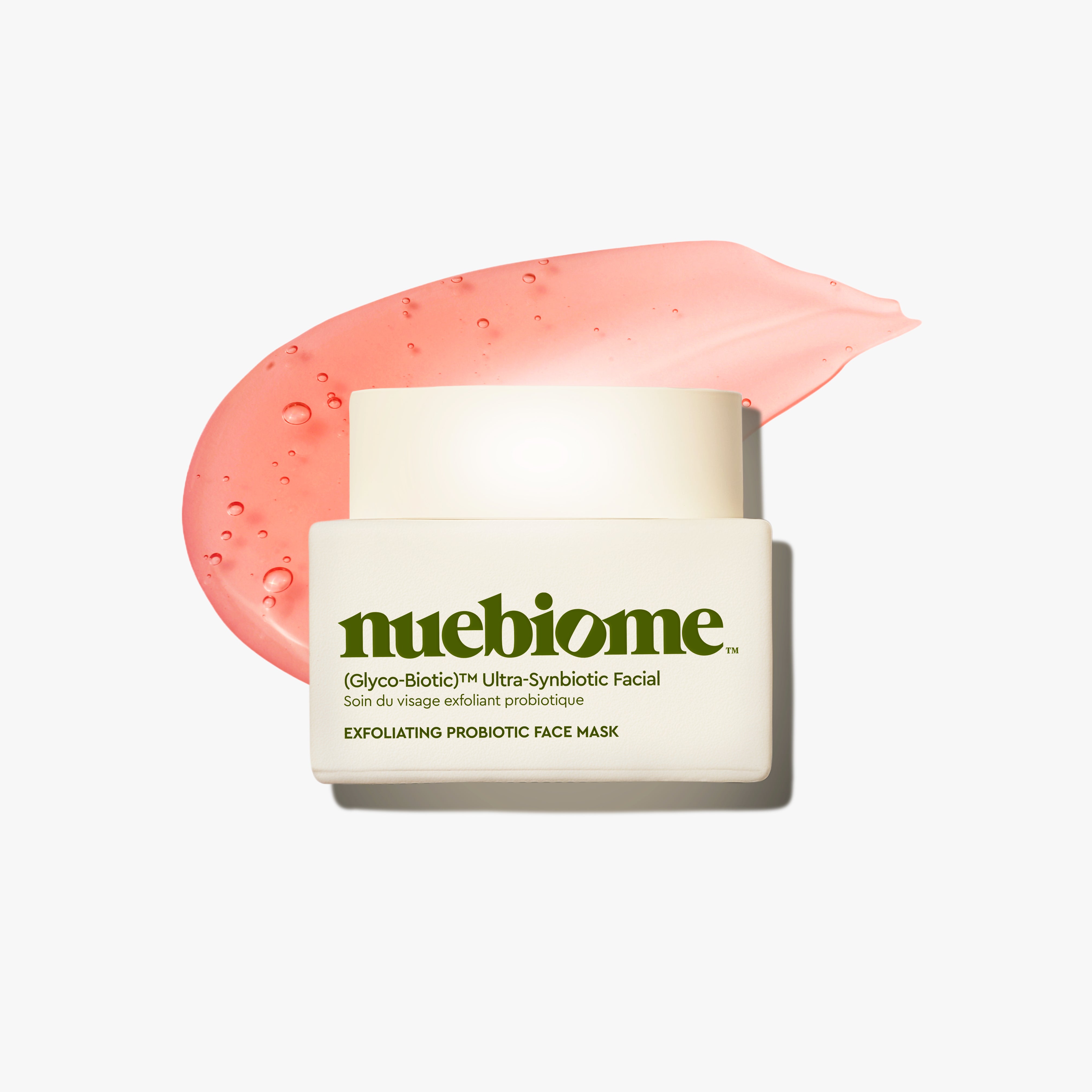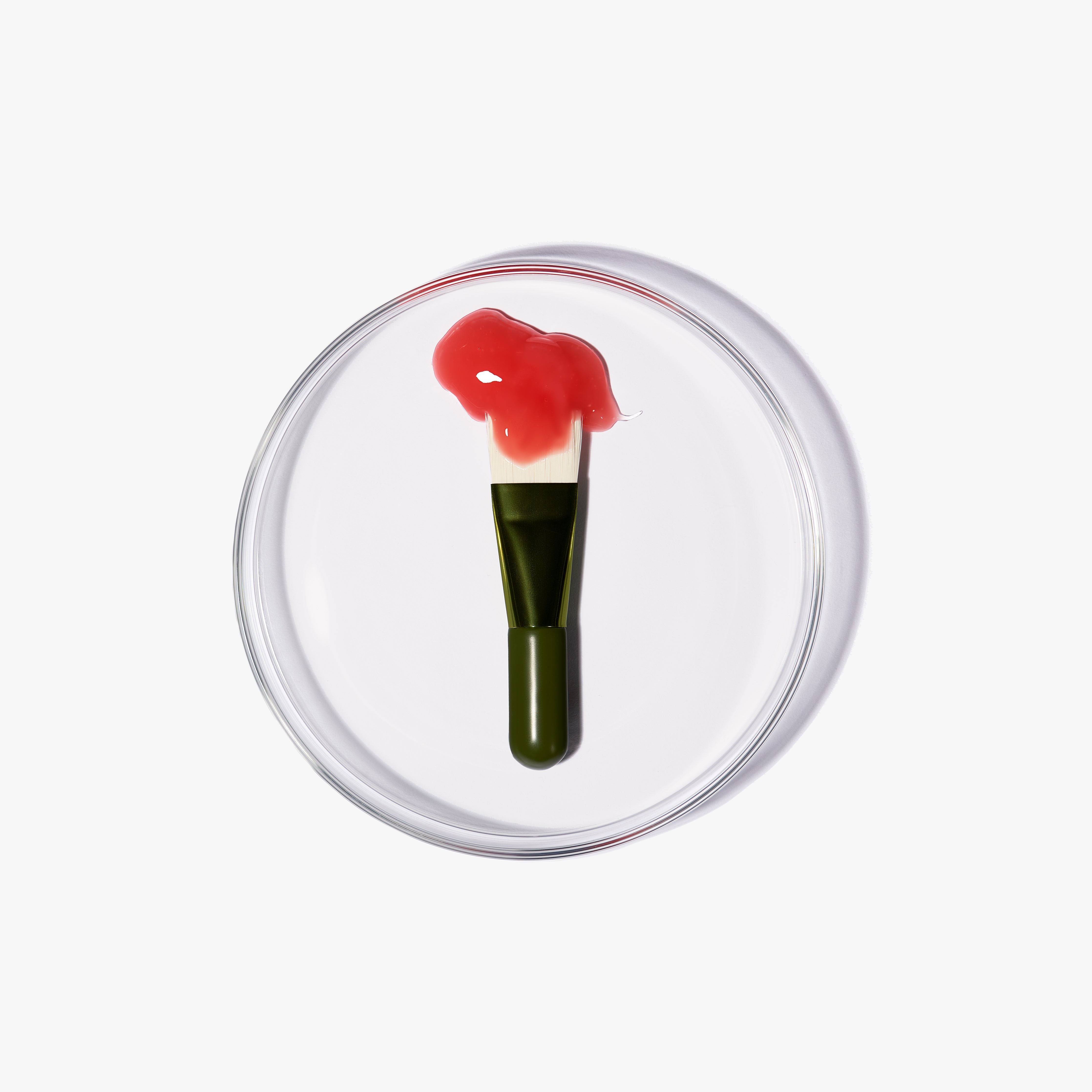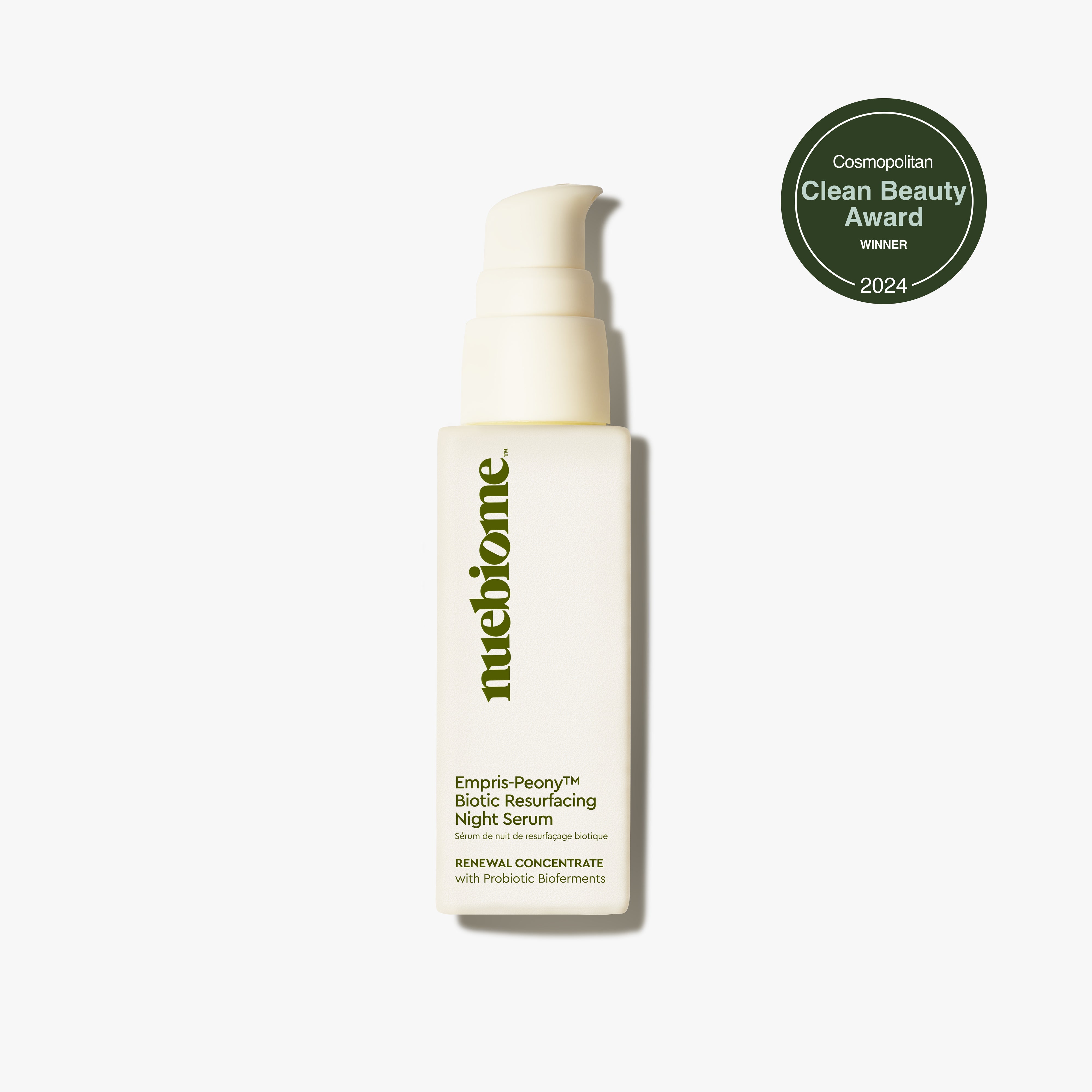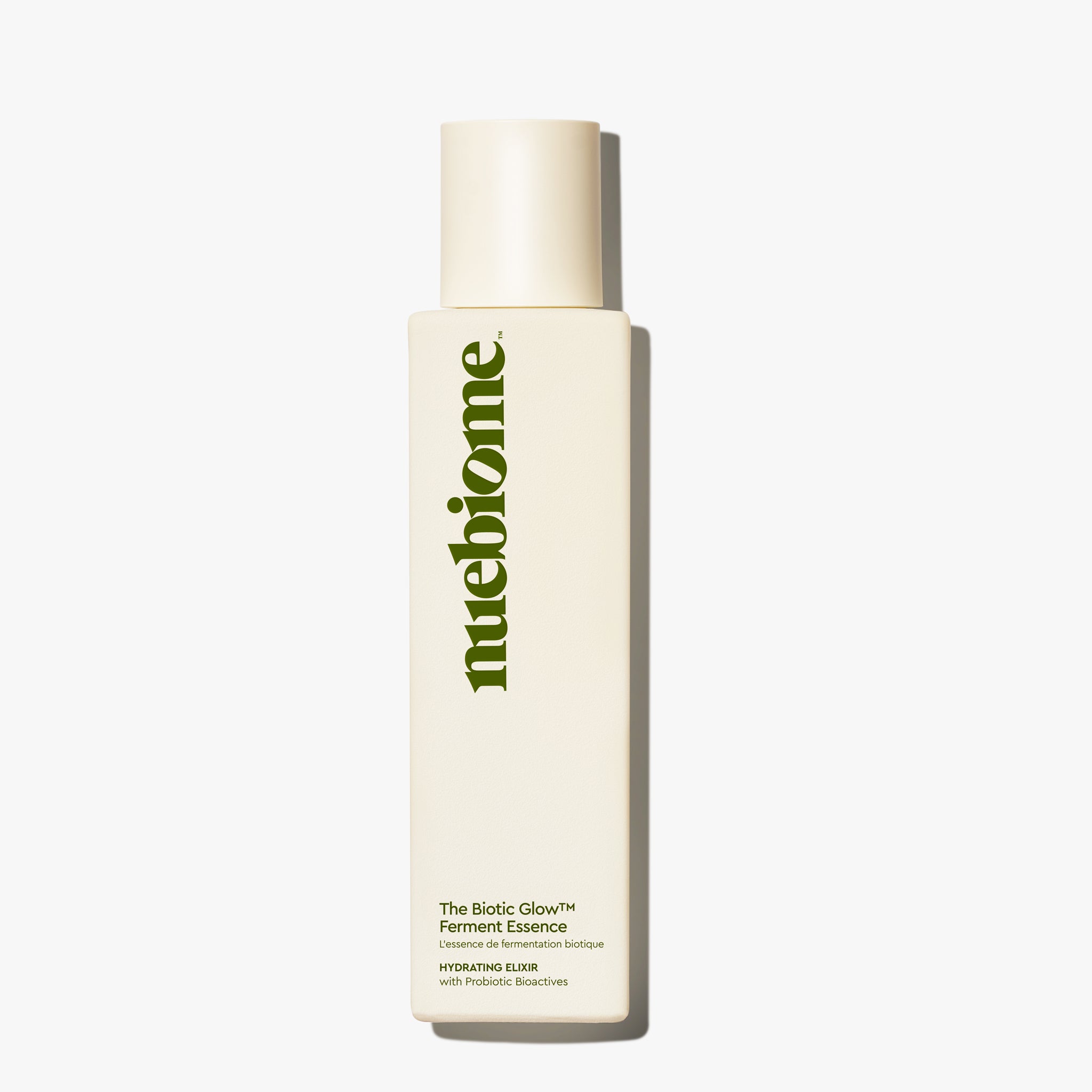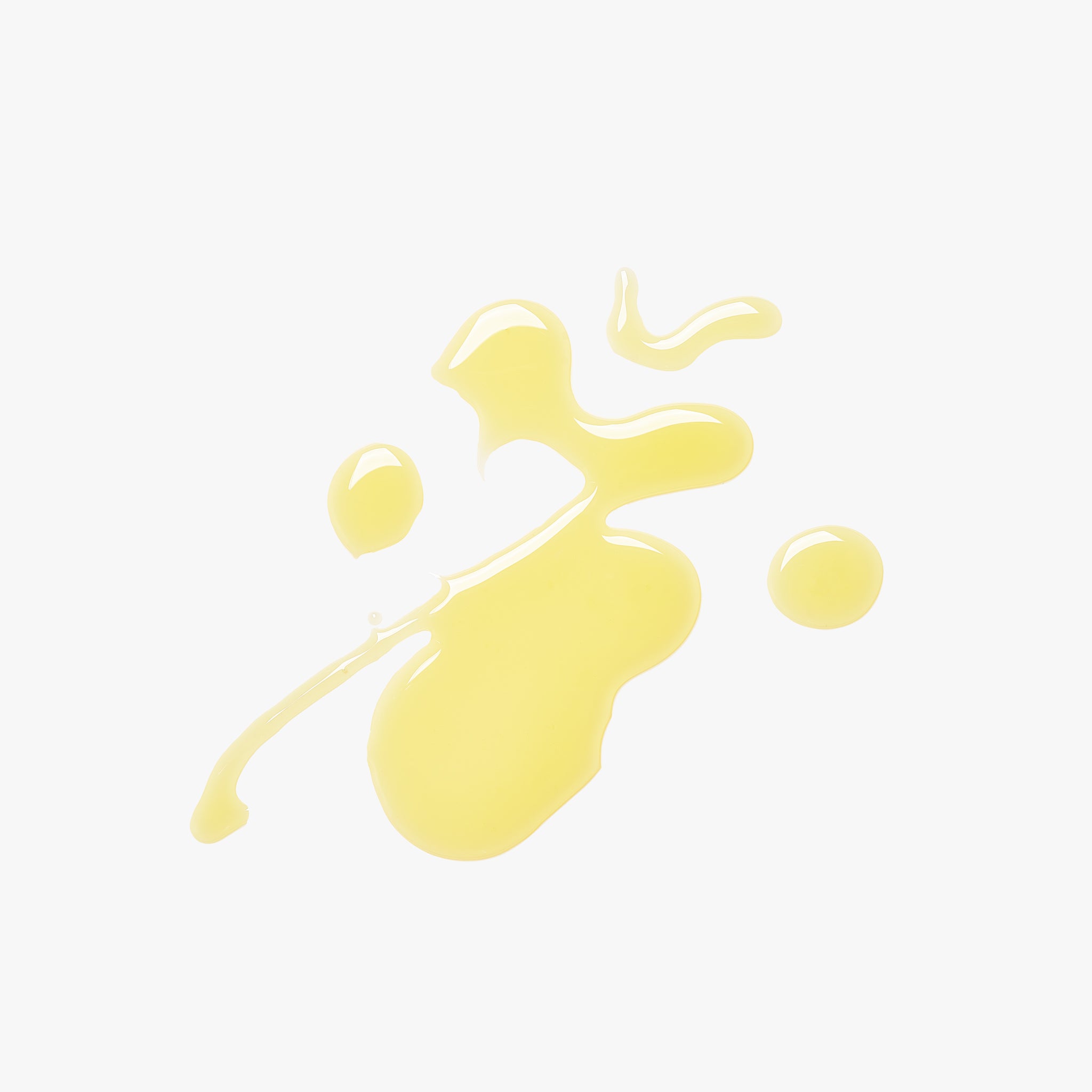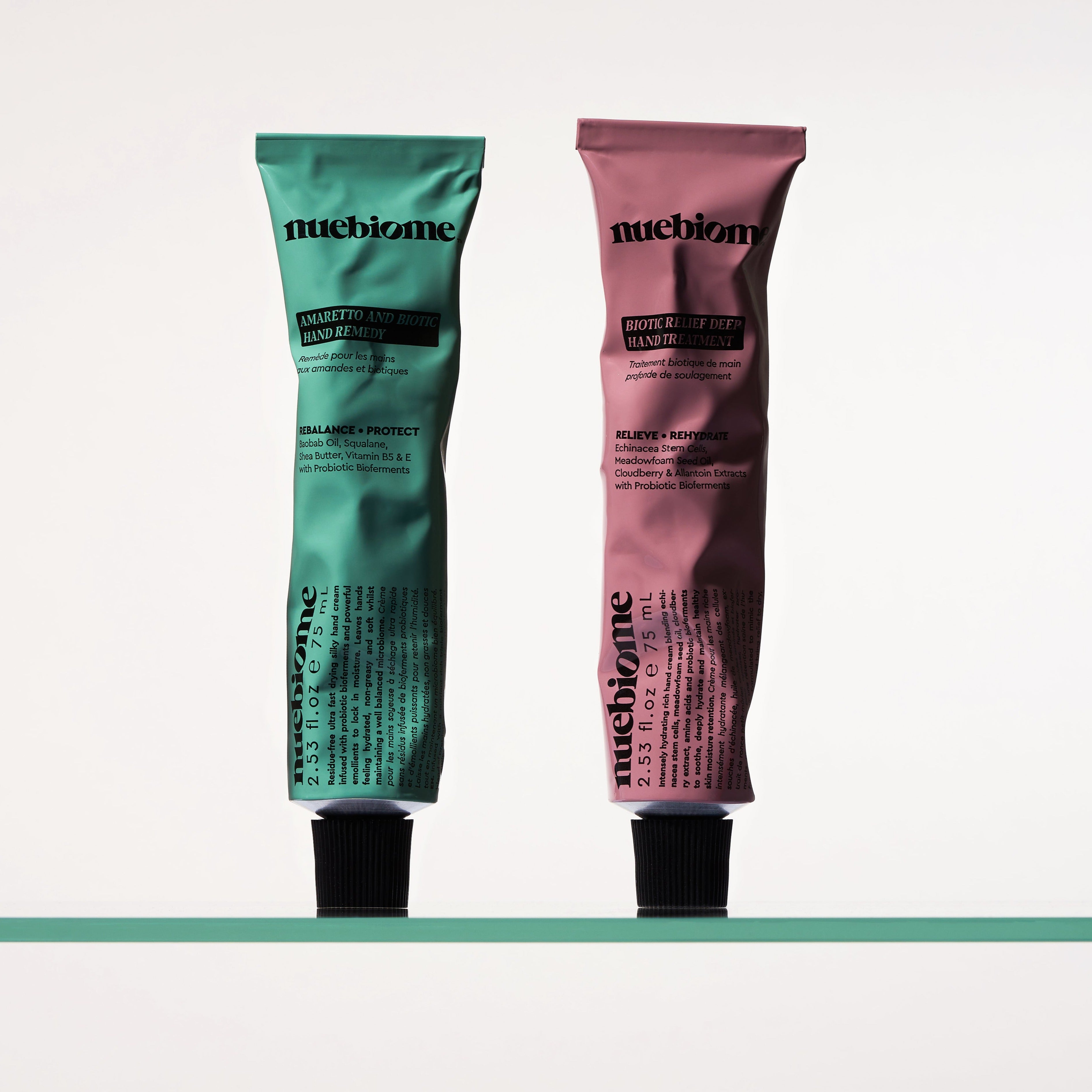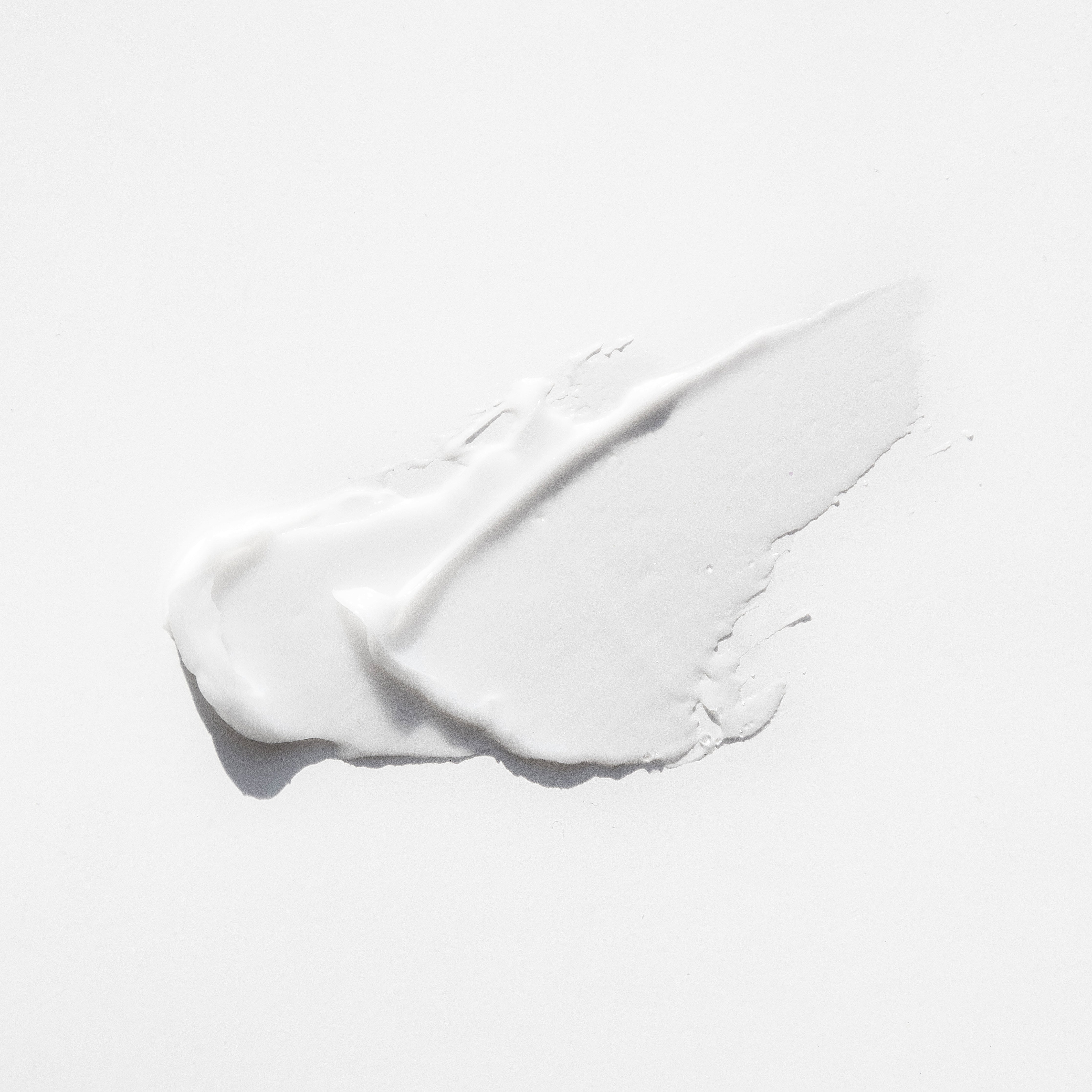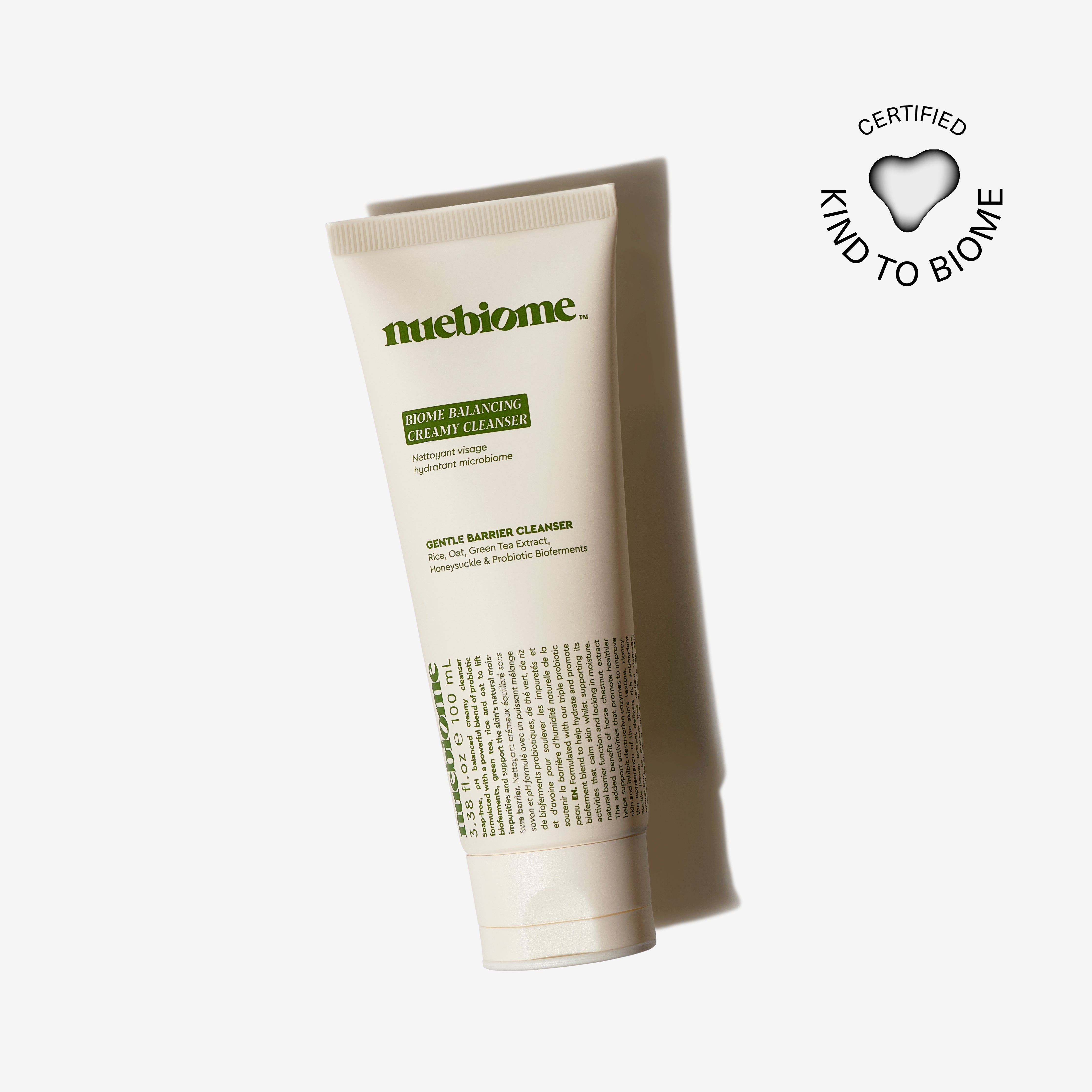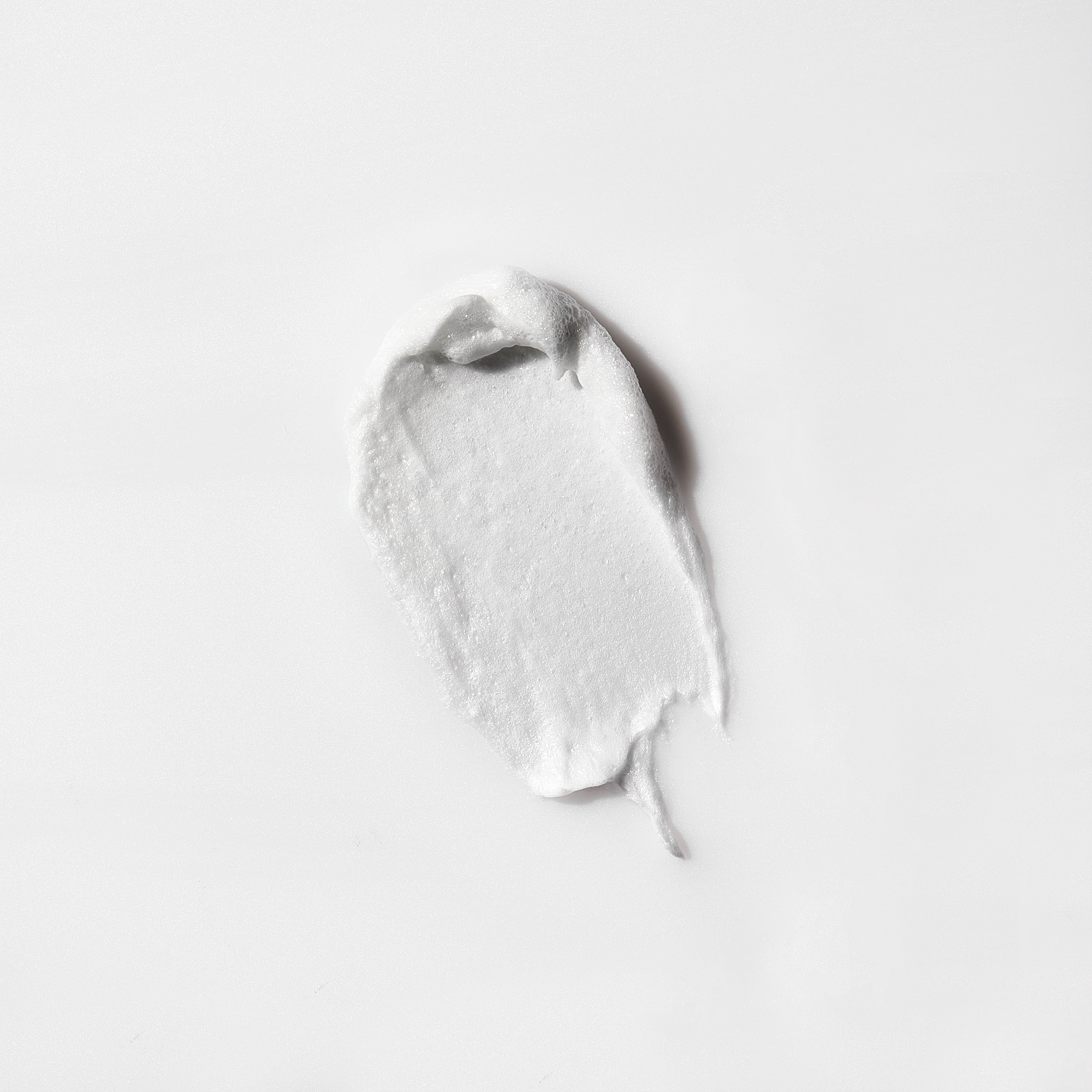The Timeless Allure of Fermented Rice Water for Skin
For centuries, across Asia, the cloudy, milky water left over from rinsing rice has been a cherished beauty secret. From the court ladies of the Heian period in Japan to the famously long-haired Yao women of Huangluo, China, fermented rice water has been revered as a simple, powerful elixir for achieving luminous, impossibly smooth skin and hair. This ancient ritual isn't just folklore; it's rooted in tangible science.
At its core, fermentation is a metabolic process where microorganisms like yeast and bacteria break down complex substances into simpler, more beneficial ones. When applied to rice water, this natural alchemy transforms the starchy liquid into a nutrient-dense cocktail. The process unlocks a wealth of bio-available ingredients that the skin can readily absorb, including amino acids (the building blocks of protein), antioxidants, essential minerals like zinc and magnesium, and B vitamins. This potent blend is credited with a host of desirable skin benefits: visibly brightening the complexion, refining skin texture for a softer feel, and helping to support the skin's natural moisture barrier for a healthy, resilient glow. The appeal is undeniable—a seemingly simple, natural path to better skin.
How to Make Fermented Rice Water at Home: A Simple Guide
Intrigued by the tradition and eager to try it yourself? The process of making a basic fermented rice water at home is straightforward. We believe in empowering you with knowledge, so here is the common method people use to create their own batch.
Step 1: Rinse and Collect Start with 1/2 cup of uncooked rice (any kind will do, though jasmine or white rice are common). Rinse it once with water to remove any surface dirt or impurities. Discard this initial rinse water.
Step 2: Soak and Swirl Place the rinsed rice in a clean bowl and add 2 cups of clean, filtered water. Let it soak for at least 30 minutes, occasionally swirling the mixture or gently massaging the rice with your fingertips. You’ll notice the water becoming cloudy as it absorbs the vitamins and minerals from the rice grains.
Step 3: Strain and Ferment Strain the milky water into a clean glass jar, separating it from the rice grains. Cover the jar loosely (a lid set on top without being screwed tight, or a piece of cheesecloth secured with a band works well) to allow gases produced during fermentation to escape.
Step 4: Wait and Watch Leave the jar at room temperature for 24 to 48 hours. The fermentation time will depend on the temperature of your room. You’ll know the process is complete when the water develops a slightly sour or tangy aroma. At this point, seal the jar tightly and move it to the refrigerator. Your homemade fermented rice water should be used within one week.
The Expert's Take: The Hidden Risks of DIY Fermentation
While the DIY process seems simple and natural, as cosmetic chemists, we must illuminate the significant risks that come with uncontrolled, at-home fermentation. The kitchen is not a laboratory, and when you ferment rice water on your countertop, you are creating an unpredictable and potentially hazardous concoction.
The primary danger lies in uncontrolled fermentation. Your jar of rice water is an open invitation for any and all microorganisms in the environment to join the party. While you hope to cultivate beneficial bacteria like Lactobacillus, you have no way of preventing the growth of harmful pathogens such as E. coli, Staphylococcus aureus, or various types of mold and fungus. Applying a brew contaminated with these microbes can lead to irritation, breakouts, and serious skin infections.
Furthermore, every homemade batch is a gamble in potency and pH. The fermentation process naturally creates acids, causing the pH of the water to drop. A healthy skin barrier sits at a slightly acidic pH of around 4.7-5.5. A DIY ferment can easily become far too acidic (with a pH of 3 or lower), which can strip the skin, compromise its protective barrier, and lead to sensitivity, redness, and dehydration. Without laboratory equipment, you cannot measure or control the final pH, nor can you guarantee a consistent concentration of beneficial compounds. One batch might be inert, while the next could be irritatingly potent. This is a crucial element to understand when learning about The Ultimate Guide to Microbiome Skincare.
Finally, there is the critical issue of instability and spoilage. The one-week refrigerated shelf-life is a direct result of the formula being unpreserved. Without a sophisticated, broad-spectrum preservation system—a legal and safety requirement for any cosmetic sold to the public—your homemade rice water is a breeding ground for bacteria from the moment you make it. Each time you open the jar or dip your fingers or a cotton pad into it, you introduce new contaminants, accelerating spoilage and increasing the risk to your skin's health.
The Nuebiome Difference: The Science of Controlled Biofermentation
At Nuebiome, we are captivated by the power of fermentation, but we approach it with the precision of a surgeon, not the unpredictability of a home brewer. Our process of controlled biofermentation is a world away from DIY methods, designed to maximize benefits while guaranteeing absolute safety and consistency. This is where ancient ritual meets modern science.
Instead of leaving things to chance, we introduce specific, purified probiotic strains—like Lactobacillus—into a nutrient-rich medium in a sterile, controlled lab environment. This ensures that we are only cultivating the "good guys." These beneficial microbes metabolize the base ingredients and produce a targeted, potent, and purified bio-liquid rich in postbiotics. Postbiotics are the beneficial byproducts—the enzymes, peptides, organic acids, and vitamins—that are directly responsible for the incredible skin benefits of fermented ingredients.
This meticulous, scientific approach yields three crucial advantages over any DIY recipe: 1. Guaranteed Safety: Our ferments are created in a sterile environment and integrated into formulas with sophisticated preservation systems. This eliminates any risk of contamination from harmful bacteria, mold, or yeast. 2. Consistent Potency & Optimal pH: Every batch of a Nuebiome product is subjected to rigorous quality control to ensure it contains the precise concentration of active postbiotics and is perfectly pH-balanced for skin health. This consistency means you get reliable, effective results with every single use. 3. Enhanced Bioavailability: Our scientific process breaks down ingredients into their most elemental, skin-friendly forms, ensuring they can be easily recognized and utilized by your skin cells for maximum impact. This is a core reason Why probiotic skin care routines matter for achieving truly transformative results.
This isn't just fermenting; it's the intelligent design of high-performance skincare.
Upgrade Your Ritual: The Ferment Essence Perfected
To harness the profound benefits of fermentation without any of the risks, you need to look beyond the kitchen and toward a professionally formulated solution. We recommend a simple, three-step ritual designed to balance, treat, and hydrate your skin, built around our scientifically perfected ferment essence.
Your ritual begins with a clean slate. The Biome Balancing Creamy Cleanser is a soap-free, pH-balanced formula that respects your skin’s delicate ecosystem. Unlike harsh cleansers that strip the skin, this creamy wash uses gentle, amino acid-derived surfactants like Sodium Methyl Cocoyl Taurate to lift away impurities. More importantly, it’s infused with our proprietary ferment blend, including Lactobacillus Ferment Lysate, and prebiotics like Inulin and Alpha-Glucan Oligosaccharide, to nourish your microbiome even as you cleanse. It leaves your skin feeling soft, comfortable, and perfectly prepped for what comes next.

Next, instead of reaching for unstable DIY rice water, apply the The Biotic Glow™ Ferment Essence. This is the perfected, professional evolution of the ancient ritual. This potent, alcohol-free liquid is a powerhouse of controlled bioferments, including Lactobacillus Ferment Lysate and Saccharomyces Lysate, which deliver a concentrated dose of amino acids and enzymes to brighten and smooth the skin. We've enhanced this traditional concept with modern actives: Glycolic Acid provides gentle exfoliation to refine pores and improve radiance, while energizing Panax Ginseng Root Extract and antioxidant-rich Green Tea Leaf Extract defend against environmental stressors. This sophisticated formula delivers all the sought-after benefits of rice water—and more—with guaranteed safety and efficacy.

Finally, lock in the benefits of the essence with the Biotic Radiance-Boosting Hydrator. This silky, oil-free moisturizer acts as the final seal for your routine, providing lasting hydration while continuing to support your skin’s biome. It’s saturated with Lactobacillus Ferment Lysate and is further boosted with a stable form of Vitamin C (3-O-Ethyl Ascorbic Acid) to visibly improve dullness and promote an even skin tone. Lightweight Squalane and Saccharide Isomerate provide deep, sustained moisture without feeling heavy, while the potent antioxidant Ergothioneine offers advanced cellular protection. Together, these three products create a synergistic ritual that balances, refines, and illuminates your complexion from the inside out.

Frequently Asked Questions about Fermented Skincare
What's the difference between a ferment essence and a toner? While both are water-light liquids applied after cleansing, they serve different primary functions. A traditional toner is often designed to remove any last traces of cleanser and help balance the skin's pH. An essence, on the other hand, is a concentrated treatment step. Its main purpose is to deliver a potent dose of active ingredients (like ferments) deep into the skin to hydrate, repair, and prep it for serums and moisturizers. Think of a toner as the final part of your cleansing step, and an essence as the first part of your treatment step. To learn more, explore our guide on What Is a Face Essence.
Can I use a ferment essence every day? Absolutely—when it's a professionally formulated product like Nuebiome's. Our essences are carefully pH-balanced to be in harmony with your skin's natural state and are designed for daily use, both morning and night. They work to continuously support your skin barrier and microbiome. In contrast, a DIY ferment with an unknown and potentially harsh pH should not be used daily, as it risks over-exfoliating and damaging your skin barrier over time.
Is fermented skincare good for sensitive skin? Fermented skincare can be fantastic for sensitive skin, but the key is in the formulation. The unpredictable nature of DIY ferments, with their fluctuating pH and risk of microbial contamination, makes them a poor choice for reactive skin. However, professionally crafted products from a brand like Nuebiome are ideal. We ensure our formulas are free of contaminants, have a skin-friendly pH, and often include soothing ingredients alongside our purified ferments. The postbiotics created during our controlled fermentation process can help fortify the skin barrier, which is often compromised in sensitive skin types, ultimately leading to a stronger, more resilient complexion.
